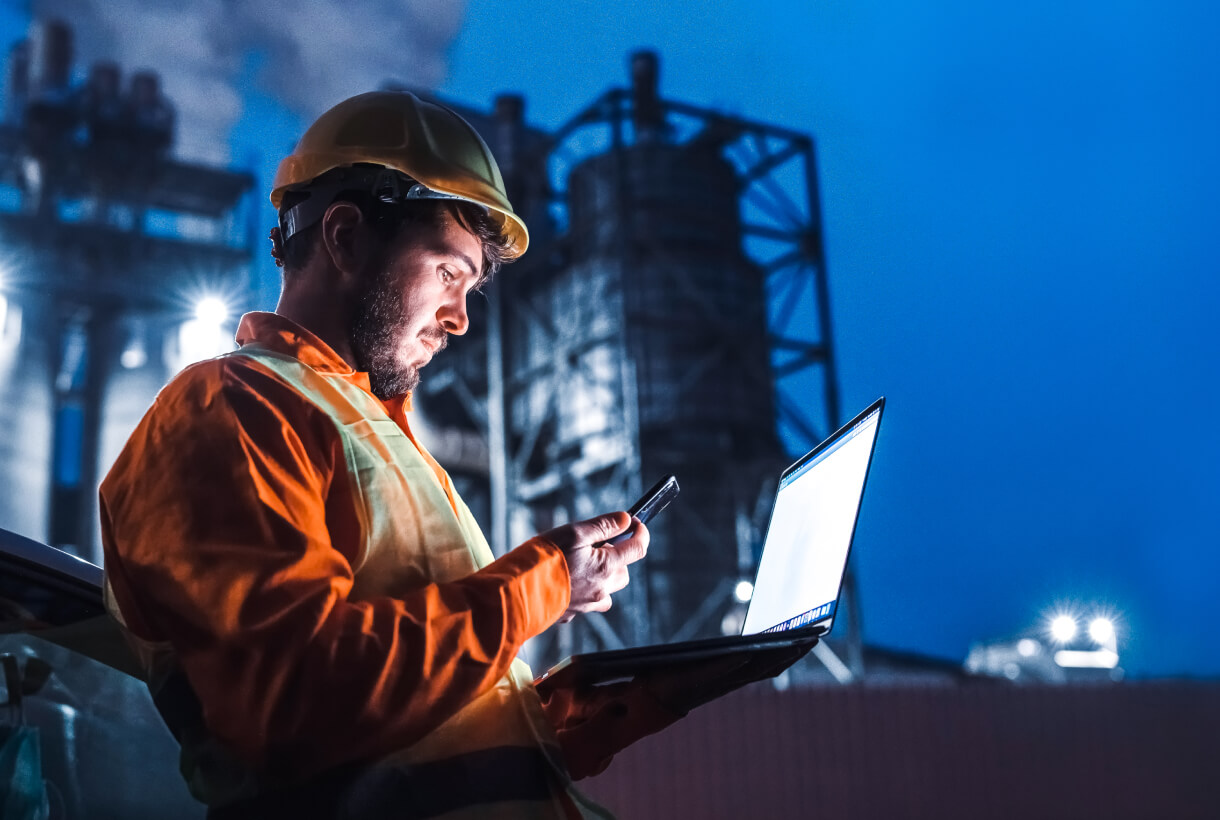Oil and gas and renewable energy companies must be ready to deal with a wide range of emergencies, including severe weather, fires and explosions. The list of accidents in the industry is long, with one of the most recent being an explosion at a plant in West Virginia. One employee was killed, and three others were seriously injured.
Protecting your employees and equipment is a top priority, but it presents some unique challenges. Often, workers are alone in the field or working in remote locations with poor connectivity. Severe weather events or a fire can erupt quickly, with little warning.
Reliable and rapid communications are the only way to protect your people, places and property. One of the deadliest offshore oil rig accidents in history – the Piper Alpha disaster – is a case in point. The failure to communicate the message that a specific gas pump wasn’t safe for use resulted in the death of 167 of the 226 people on board.
While you probably have a plan in place for various types of emergency situations, true preparedness requires an effective means with which to execute those plans, modify them as needed and communicate them to impacted individuals. Fortunately, this is possible when you leverage a critical event management (CEM) platform that combines mass notification, risk intelligence and incident management.
Check out our four-point emergency preparedness action plan to see how a CEM platform can help protect your people, places and property.
1. Deliver Real-Time Incident Alerts to Targeted Groups
Worker safety is at the top of every oil and gas and renewable energy company’s list of priorities, but it can be difficult to achieve. The work environment is filled with dangers, ranging from slips and falls, fires, explosions, toxic gas, falling objects and dangerous weather. A mass notification system makes it possible to send real-time alerts across multiple devices and channels, so you can alert employees of inclement weather and unsafe working conditions. The ability to create subgroups allows you to only notify employees in a particular plant or location, so when a message does come in, workers can trust it’s relevant and demands immediate attention. A platform equipped with two-way communications makes it possible for workers to let you know they’re safe or to ask for assistance if they’re injured on the job.
2. Conduct Employee Safety Check-Ins
Many of your employees are probably working alone or in remote locations. You may not always know exactly where they are or if they’re hurt. How can you be confident they’re safe?
Having a process in place for self-check-ins at designated times during their shifts can be beneficial and help firms improve the safety of lone workers.
3. Track Weather Patterns
Severe weather is not only a danger to your workers – it can also cause extensive damage to expensive equipment. Risk intelligence uses artificial intelligence (AI) technology to quickly identify weather patterns that may impact your areas of operation. You can send targeted alerts to the appropriate sites. Armed with accurate and actionable information, you can mitigate the damage from severe weather, protecting your employees and equipment. Solar panels can be set to a certain degree, drills can be taken down and wind turbines can be shut off if needed. With damage to equipment from severe weather often reaching atmospheric costs, the ability to mitigate such damage can have a high return on investment.
4. Send Maintenance Alerts
The Piper Alpha accident demonstrated how even routine maintenance can result in disaster when information isn’t shared with the right people at the right time. A mass notification system makes it easy to send alerts regarding routine maintenance to impacted personnel. Managers can even create and send messages from a mobile app, making it easy to stay on top of all issues. Alerts can be delivered via SMS, email, phone, desktop and more, so you can be confident they're received regardless of where employees are and what device they’re using.
Oil and gas and renewable energy companies certainly have a lot to manage when it comes to preparing for and responding to critical events. Effective emergency preparedness comes down to having the proper technology in place to identify potential risks and communicate incidents and information to the right people quickly.
A CEM platform with integrated risk intelligence, mass notification and incident management enables oil and gas and renewable energy companies to craft a comprehensive emergency preparedness kit and execute it properly when an incident occurs. For more information on how you can protect your people, places and property, schedule a demo of the OnSolve Platform for Critical Event Management today.

